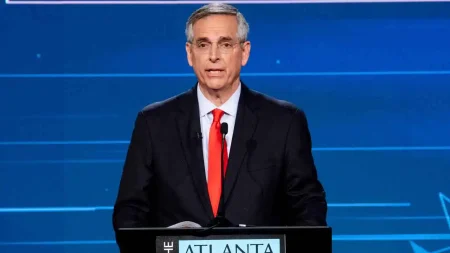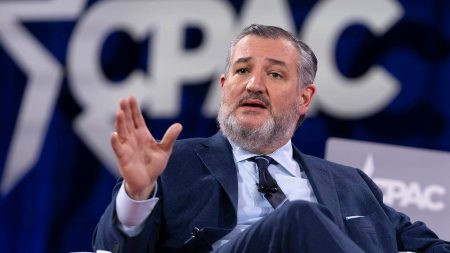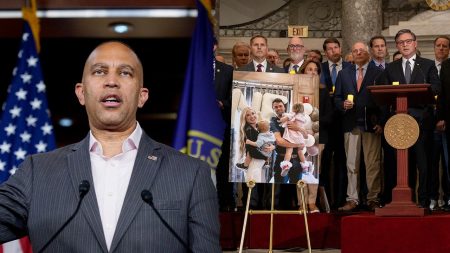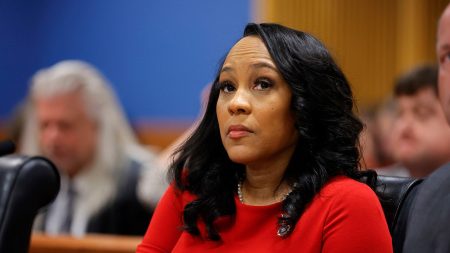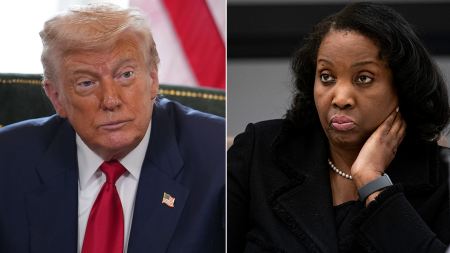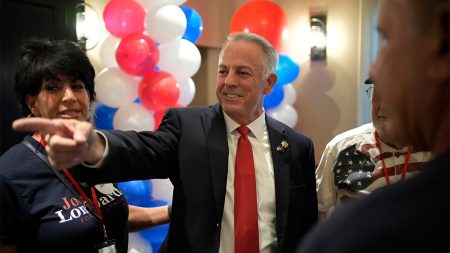In Kansas, a bipartisan group of lawmakers rejected a plan to cut taxes by about $1.4 billion over the next three years. The plan, a result of a deal between Governor Laura Kelly and top Republicans, faced criticism from both Republicans and Democrats. Some felt it was too small, while others argued it favored wealthy taxpayers. Lawmakers from both parties were concerned that property taxes were not cut enough, prompting the decision to draft a different plan by House and Senate negotiators. The rejection came after the Senate approved the plan 38-1, with many House Democrats already planning to vote against it.
The Legislature in Kansas had been at an impasse over a GOP proposal for a single-rate, “flat” income tax, which Governor Kelly vetoed in January. Republican leaders, faced with the possibility of no cuts being enacted this year, wavered on the single-rate tax in recent weeks. The state has a budget surplus of over $4 billion, similar to Georgia, where a Republican-controlled Legislature passed income tax cuts. Despite a trend of income tax rate cuts in other states last year, Kansas faced obstacles in implementing major tax cuts due to disagreements between Republican leaders and the Democratic governor over tax proposals.
House Speaker Dan Hawkins warned colleagues that rejecting the tax plan would lead to negative headlines, emphasizing that no one wanted to scuttle tax relief. Lawmakers faced pressure to pass a plan before the legislative session adjourned for a three-week break. With the prospect of another tax plan being considered when lawmakers return in April, tensions were high among lawmakers who weighed the benefits and drawbacks of the proposed tax cuts. Governor Kelly’s attempts to sell the plan to House Democrats were met with frustration and opposition, leading to doubts about its feasibility and effectiveness.
The rejected tax plan aimed to adjust the state’s top personal income tax rate, eliminate state income taxes on retirees’ Social Security benefits, and increase personal income tax deductions. It also included provisions to increase an income tax credit for child care expenses, reduce property taxes for public schools, and end a sales tax on groceries earlier than planned. Despite these efforts, lawmakers found the proposed property tax reductions to be insufficient, with concerns that rising home values could negate any potential savings for homeowners.
The events in Kansas underscored the challenges of reaching consensus on tax policy, with competing priorities and disagreements hindering progress on cutting taxes. While some lawmakers advocated for more substantial tax relief that benefited a wider range of taxpayers, others sought to address specific tax provisions that may disproportionately benefit wealthier individuals. As negotiations stalled and lawmakers debated the merits of various tax proposals, the need for a compromise that balanced competing interests and addressed budgetary concerns became apparent. The rejection of the tax plan highlighted the complexity of tax policy decisions and the challenges of finding common ground among legislators with differing views on taxation.





